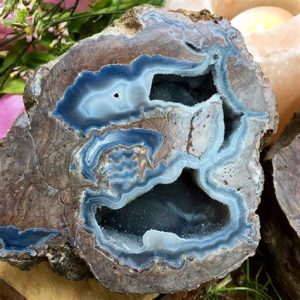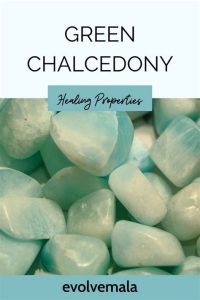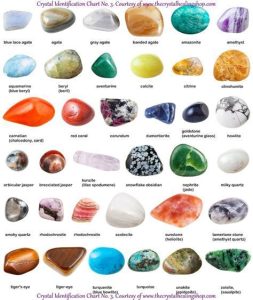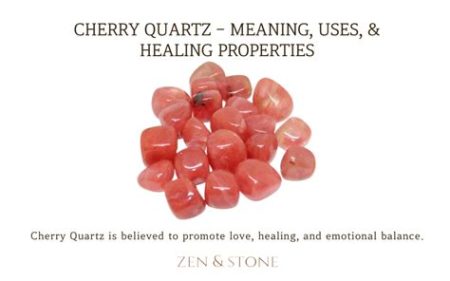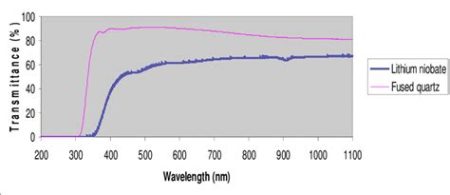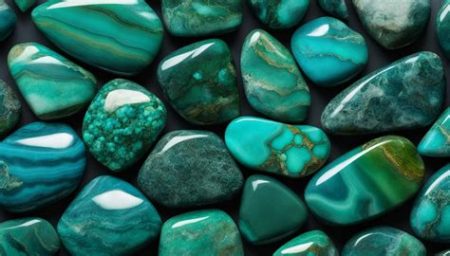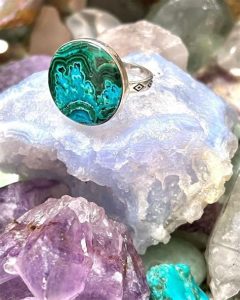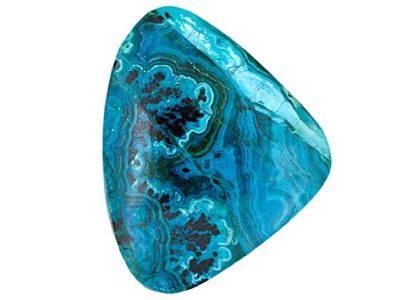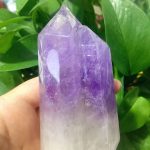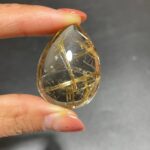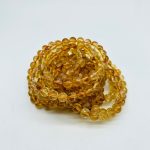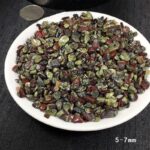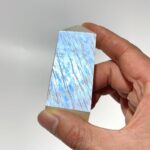Introduction
Labradorite is a captivating gemstone that has captivated people for centuries. With its iridescent flashes of color, it is a stone that is both visually stunning and spiritually profound. In this article, we will explore the many facets of labradorite, including its history, properties, benefits, and uses. We will also compare labradorite to other similar gemstones and discuss its potential in emerging applications.

History of Labradorite
Labradorite was first discovered in 1770 on the coast of Labrador, Canada. The stone was named after the region where it was found. However, the Inuit people of the area had known about labradorite for thousands of years and used it for making tools and ornaments.
Properties of Labradorite
Labradorite is a type of feldspar mineral that is composed of sodium, calcium, and aluminum. It is a member of the plagioclase group of minerals, which are the most common minerals in the Earth’s crust. Labradorite is typically gray or black in color, but it can also be found in shades of green, blue, and yellow. The stone is known for its iridescent flashes of color, which are caused by the refraction of light within the stone’s crystal structure.
Benefits of Labradorite
Labradorite is a stone that is said to have a number of metaphysical benefits. It is believed to be a stone of transformation and change, and it can help to promote personal growth and development. Labradorite is also said to be a stone of protection, and it can help to shield the wearer from negative energy.
Uses of Labradorite
Labradorite is a versatile gemstone that can be used in a variety of applications. It is a popular gemstone for jewelry, and it can be found in rings, necklaces, earrings, and bracelets. Labradorite is also used in carvings, sculptures, and other decorative objects. The stone is also used in some industrial applications, such as in the manufacture of glass and ceramics.
Labradorite VS Other Similar Gemstones
Labradorite is often compared to other similar gemstones, such as moonstone and opal. Moonstone is a feldspar mineral that is known for its milky white color and iridescent flashes of color. Opal is a hydrated silica mineral that is known for its vibrant colors and play of light.
| Property | Labradorite | Moonstone | Opal |
|---|---|---|---|
| Color | Gray, black, green, blue, yellow | Milky white | Vibrant colors |
| Iridescent | Yes | Yes | Yes |
| Hardness | 6-6.5 | 6-6.5 | 5.5-6.5 |
| Transparency | Opaque | Translucent | Translucent |
| Value | Moderate | Moderate | High |
Potential Applications of Labradorite
In addition to its traditional uses, labradorite is also being investigated for a number of potential new applications. For example, the stone is being studied for its potential use in the development of new types of lasers and optical devices. Labradorite is also being investigated for its potential use in the development of new types of solar cells.
Market Insights for Labradorite
The global market for labradorite is expected to grow at a CAGR of 5.2% over the next five years. The growth of the market is being driven by the increasing demand for labradorite in the jewelry industry. The stone is also becoming increasingly popular in the home décor and construction industries.
Future Trends for Labradorite
The future of labradorite looks bright. The stone is becoming increasingly popular in a variety of applications, and the demand for labradorite is expected to continue to grow in the years to come. Some of the key trends that are expected to shape the future of labradorite include:
- The increasing use of labradorite in jewelry and fashion
- The development of new applications for labradorite in the technology industry
- The growing popularity of labradorite in the home décor and construction industries
How to Improve the Labradorite Market
There are a number of things that can be done to improve the labradorite market. Some of the key areas for improvement include:
- Increasing the production of labradorite
- Developing new applications for labradorite
- Promoting the benefits of labradorite to consumers
FAQs About Labradorite
1. What is labradorite?
Labradorite is a type of feldspar mineral that is known for its iridescent flashes of color.
2. Where is labradorite found?
Labradorite is found in a number of locations around the world, including Canada, Norway, Finland, and the United States.
3. What are the benefits of labradorite?
Labradorite is said to have a number of metaphysical benefits, including promoting personal growth and development and protecting the wearer from negative energy.
4. How is labradorite used?
Labradorite is used in a variety of applications, including jewelry, carvings, sculptures, and industrial applications.
5. What is the value of labradorite?
The value of labradorite varies depending on the quality of the stone. High-quality labradorite can be quite valuable.
6. What are the future trends for labradorite?
The future of labradorite looks bright. The stone is becoming increasingly popular in a variety of applications, and the demand for labradorite is expected to continue to grow in the years to come.
Conclusion
Labradorite is a captivating gemstone that has captured the hearts of people for centuries. With its iridescent flashes of color and its powerful metaphysical properties, labradorite is a stone that is both visually stunning and spiritually profound. The stone is becoming increasingly popular in a variety of applications, and the future of labradorite looks bright.

